
Children from Pakistan, India and Bangladesh together have painted a mural titled Rang-i-Amn based on the verses of poets Faiz Ahmad Faiz and Rabindranath Tagore. It depicts the sun in two parts, one half calling Umeed-e-sehr ki baat suno (hark to the hope of dawn) in the words of the Pakistani poet to the other half which responds in Tagore’s ‘words of truth’ from his poem, Prayer.
The olive-branch extended by Pakistan is accepted by Indian blossoms completing the image of the divided sun in the same colour. The painting began in Pakistan was completed in India.
The United Nations Educational, Scientific and Cultural Organization (UNESCO) India invited the Funkor Child Centre to participate in a workshop, ‘Peace across Borders through writings of Tagore and Faiz’, in collaboration with the Nehru Memorial Museum and Library, Nivesh and HHACH in Delhi, as part of the Ghummakkad Narain Travelling Literature festival for children.
Pakistani students from Khaldunia high school Islamabad, Ammar Khan, Khadija Saleem, Khadija Javed, Dawar Aziz, Aischa Aimon, Wardah Jadran and Waleed Alam started the mural at the Funkor Child Centre under the guidance of Fauzia Minallah, a social activist, who accompanied them to India as resource person. She helped the Indian and Bangladeshi students to complete the mural their guests from Pakistan had brought with them.
“It is all about building bridges and filling gaps,” said Ms Minallah, explaining the idea behind the Rang-i-Amn mural.
“It was a tribute to the colourful poets of India and Pakistan, Rabindranath Tagore and Faiz Ahmed Faiz, their timeless words and was actually inspired by the famous poem Prayer by Tagore:
“Where words come out from the depth of truth;
Where tireless striving stretches its arms towards perfection;
Where the clear stream of reason has not lost its way into the dreary desert sand of dead habit”
and Faiz’s “bol ke lab azad hain tere.”
These lines from the two poets are depicted in the shape of the ‘sun of hope’ right above the ‘stream of reason’ whose flow from Pakistan into India could not be blocked by barbed wire boundaries. In the world of reality however the sun of hope and the stream of reason are both tragically absent.
Fauzia Minallah said they were welcomed in India as people on both sides wanted peace and friendship which politics was obstructing. The aspirations of peace were “difficult to achieve in the current political situation,” she added.
Ms Minallah said people on both sides were the victims of the differences between the two neighbours. It were they who were suffering the loss and experiencing the pain. Terrorism, she added, was a common concern causing doubts between the two countries. But it was Pakistan which suffered the most from this menace. It should bring the two neighbours closer instead of creating distances.
She said that increased people to people contact could help in creating an atmosphere favourable for moving towards durable peace between the two nuclear neighbours who share common culture and history beside other things.
Published in The Express Tribune, August 30th, 2011.
COMMENTS (2)
Comments are moderated and generally will be posted if they are on-topic and not abusive.
For more information, please see our Comments FAQ
1736930668-0/Untitled-design-(97)1736930668-0-405x300.webp)

1736929668-0/Untitled-design-(96)1736929668-0-165x106.webp)

1736929186-0/BeFunky-collage-(50)1736929186-0-165x106.webp)
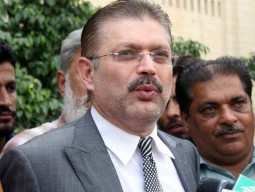
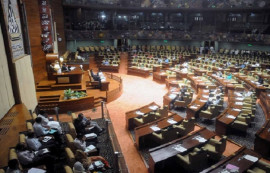
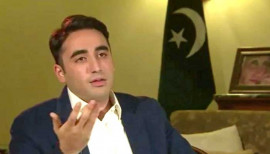
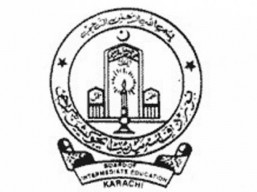

1736910129-0/kidnapped-(2)1736910129-0-270x192.webp)
1732012115-0/Untitled-design-(14)1732012115-0-270x192.webp)
1736844405-0/Express-Tribune-(2)1736844405-0-270x192.webp)


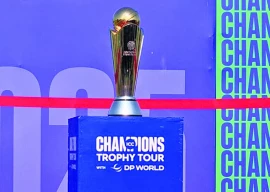
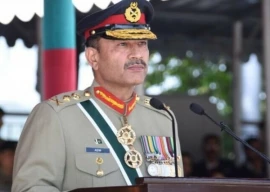





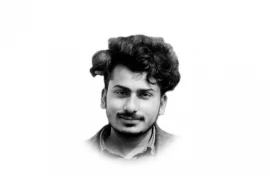
What a wonderful idea, this can rightly be called Aman ki Asha? Hope there are more peace initiatives between India and Pakistan like this one involving young students.
Beautiful project! We need peaceful solutions, Pakistan as it is has witnessed immeasurable violence, India also would have been far better had it not concentrated on spending so much money on weopons.